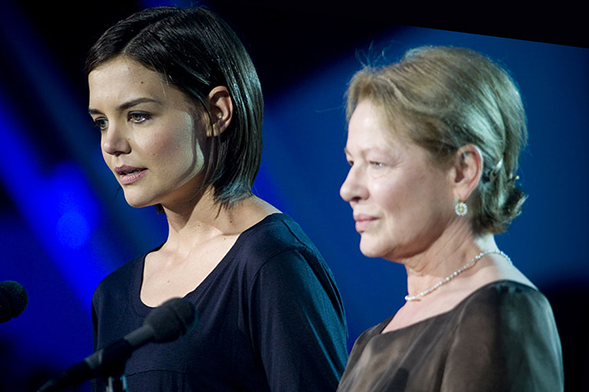Leading Actresses in Hollywood
An SDSU study shows women are slowly receiving more major roles in films.

In other roles, females were better represented, accounting for 37 percent of major characters, up three percentage points from 2015. The percentage of female characters in speaking roles fell one percentage point from 2015 to 32 percent.
“While audiences were still more than twice as likely to see male characters as female characters in top grossing movies, females fared better as protagonists and major characters in 2016,” Lauzen said.
Regarding race and ethnicity, 76 percent of all female characters were Caucasian, 14 percent were black, three percent were Asian, three percent were Latina, and one percent were other.
“The findings for race and ethnicity were a mixed bag,” said Lauzen. “The percentage of Asian female characters doubled in 2016, and the percentage of black female characters increased slightly, but the percentage of Latina characters decreased slightly.”
Films with at least one woman director or writer featured higher percentages of female protagonists, major female characters, and females in speaking roles than films with exclusively male directors and writers. In some cases, the differences were dramatic. For example, in films with at least one woman director or writer, females comprised 57 percent of protagonists, while in of protagonists, while in writers, females accounted for just 18 percent of protagonists.
Earlier this year, Lauzen released the 19th annual Celluloid Ceiling report, which showed that women comprised just seven percent of all directors working on the top 250 domestic grossing films in 2016. This figure represents a decline from nine percent in 2015 and is two percent below the level achieved in 1998.
________________________________________________________
Related Articles:
New York Times: More Women Were Protagonists in 2016 MoviesThe Huffington Post: The Number of Female Protagonists in Film Hit a Historical High in 2016
The Hollywood Reporter: Movies in 2016 Featured a Record Number of Women Protagonists



